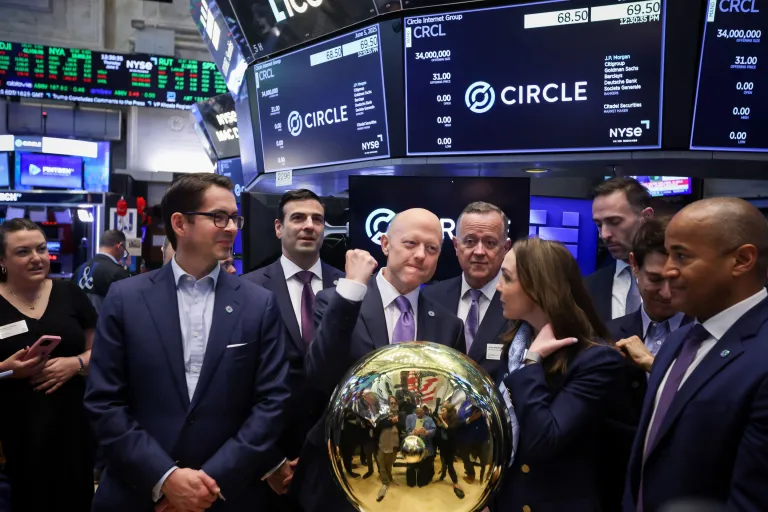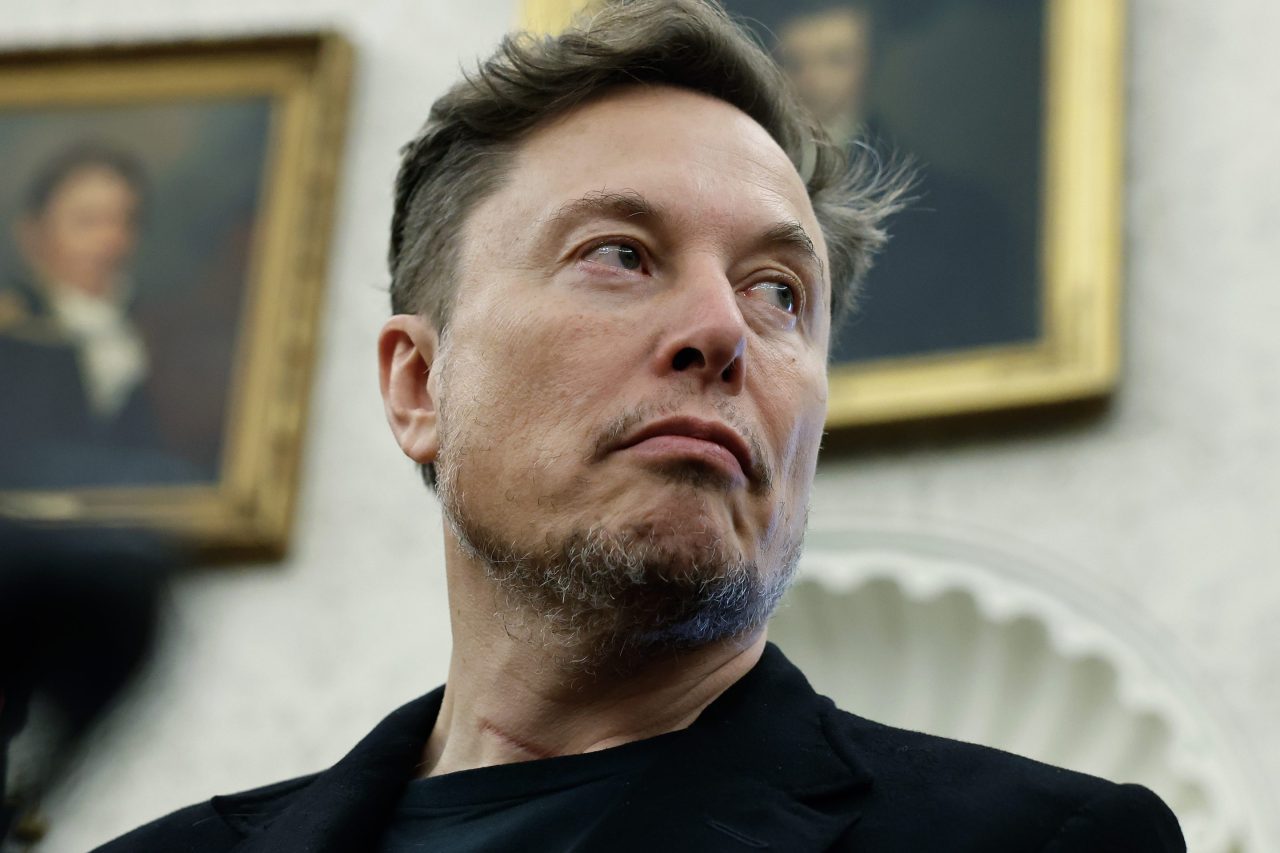A potential freeze or slowdown in visa approvals for foreign medical graduates is threatening to worsen an already critical physician shortage in the United States.
Every year, thousands of international doctors enter the U.S. healthcare system through J-1 and H-1B visa programs, playing a vital role in hospitals, especially in rural and underserved areas. But with increasing immigration delays and policy uncertainties, many hospitals and residency programs are now bracing for a hiring bottleneck that could strain patient care.
The Numbers Tell a Stark Story
According to the Association of American Medical Colleges (AAMC), the U.S. could face a shortage of up to 124,000 physicians by 2034. Foreign-trained doctors currently make up about 25% of the U.S. physician workforce, and more than 7,000 international medical graduates (IMGs) match into U.S. residency programs each year.
A visa processing delay or policy freeze could effectively block the pipeline for these physicians, leaving critical roles unfilled in community hospitals, Veterans Affairs facilities, and inner-city clinics.
Visa Challenges Mounting
Due to backlogs in visa processing and increasing scrutiny of immigration pathways, many IMGs have reported being unable to start residencies on time. Some even risk losing their placements entirely.
“Doctors have done their part—they passed all the required exams, matched into programs, and are ready to serve,” said a representative from the Educational Commission for Foreign Medical Graduates (ECFMG). “But visa delays are leaving them in limbo.”
Rural Hospitals Hit Hardest
The situation is particularly dire in rural America, where foreign-trained physicians often make up the majority of the healthcare staff. Many of these areas already face high rates of chronic illness, lower life expectancy, and fewer specialty services.
“If this visa pause becomes reality, some hospitals will be left without enough staff to operate at full capacity,” warned Dr. Allen Johnson, Director of a rural health center in Nebraska. “We don’t just lose doctors—we lose access, trust, and health outcomes.”
Healthcare Leaders Urge Policy Action
Health organizations and hospital systems are now lobbying federal agencies and lawmakers to prioritize visa processing for healthcare workers. Some are also urging reforms to make the immigration process smoother for highly-skilled professionals like doctors and nurses.
“This isn’t just an immigration issue—it’s a public health emergency in the making,” said the American Medical Association (AMA). “We need international medical graduates more than ever.”
Long-Term Impacts Loom
The consequences of a sustained visa pause could ripple across the healthcare system:
- Longer wait times for patients seeking appointments
- Burnout among current staff due to increased workload
- Gaps in specialty care where only visa-dependent doctors are available
- Loss of diversity and global perspective in U.S. medicine
What Needs to Happen Now
To avoid a deepening healthcare crisis, experts recommend:
- Prioritizing J-1 and H-1B visas for medical professionals
- Expanding the Conrad 30 waiver program that allows visa doctors to work in underserved areas
- Streamlining credentialing and onboarding processes
- Enacting bipartisan immigration solutions focused on critical workforce shortages
Final Diagnosis
As the U.S. healthcare system grapples with aging populations, chronic disease burdens, and post-pandemic recovery, every doctor counts. A visa pause or slowdown—whether administrative or political—could cost lives.
At a time when Americans need more doctors, not fewer, immigration policy must be aligned with healthcare needs. Because without the next wave of foreign-trained doctors, the country may not just face a staffing crisis—it may face a care crisis.




